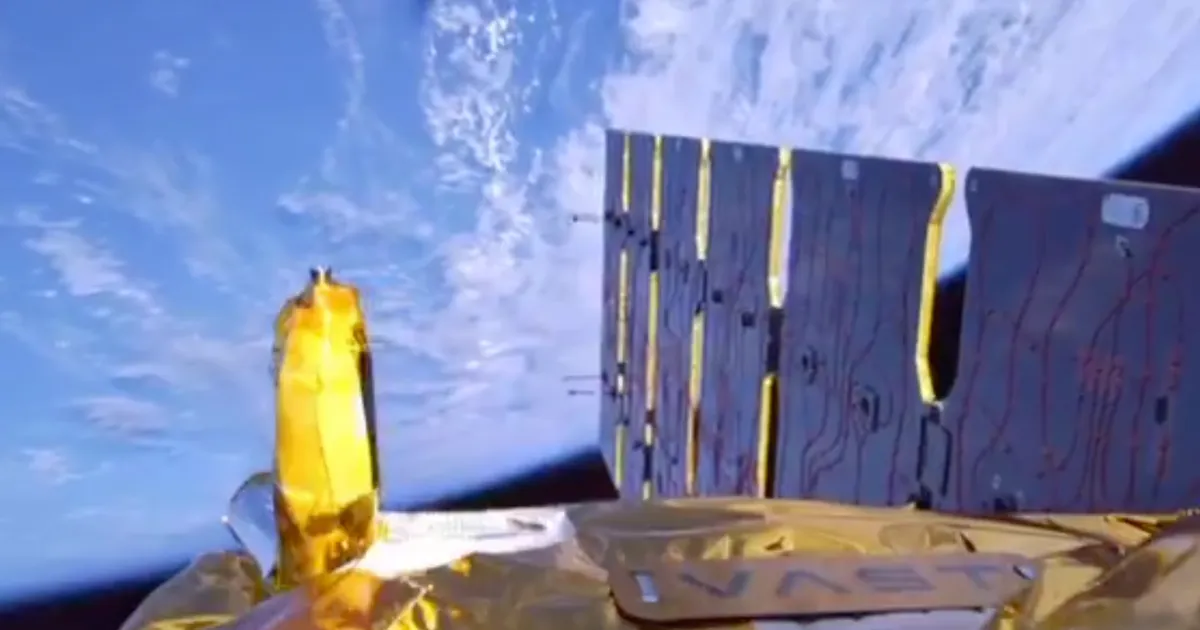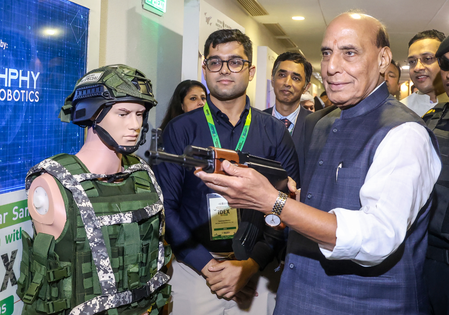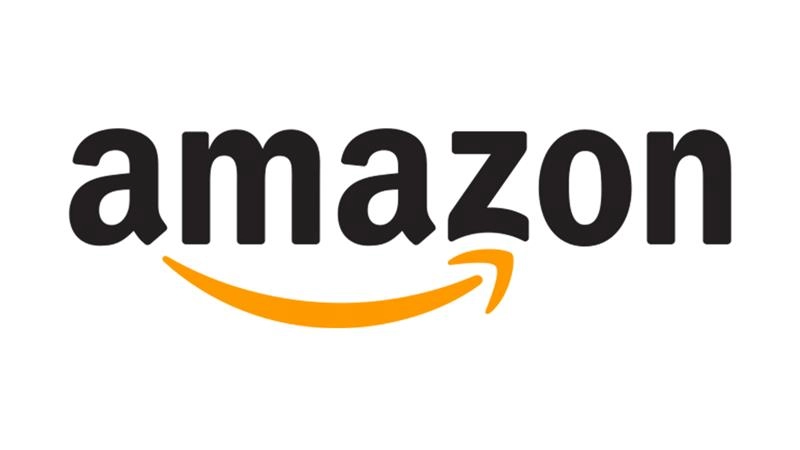Copyright Digital Trends

SpaceX successfully launched its Bandwagon-4 mission on Sunday, sending 18 satellites into low-Earth orbit using its trusty Falcon 9 rocket. The mission’s highlight was the successful deployment of Vast Space’s Haven Demo satellite, which is designed to test key technologies — including propulsion, flight computers, and navigation systems — for Haven-1, the company’s planned space station that aims to become the first privately operated habitable outpost. Recommended Videos Several hours after launch, Vast Space shared footage of the Haven Demo’s solar array deploying high above Earth. NASA is searching for a replacement for the International Space Station (ISS), which is set to be decommissioned around 2030 due to its aging hardware and high maintenance costs. Rather than fund the replacement itself, NASA intends to choose the best designs put forward by commercial organizations, Vast among them. After selecting the best options — yes, there could be more than one — NASA will purchase “station services” from the new provider/s, with the station hosting astronauts for extended periods, as the ISS does now. Similarly, astronauts will conduct scientific research in microgravity conditions aboard the facility as it orbits Earth. As part of the demonstration phase, Vast is aiming to launch its first space station module in May 2026. Vast is competing with other firms for NASA’s nod, among them Axiom Space, Blue Origin, Starlab Space (a consortium including Voyager Space, Nanoracks, and Lockheed Martin), Northrop Grumman, Sierra Space, and SpaceX. It’s also possible that some companies will develop and deploy space stations independently, without direct NASA contracts or selection. Sunday’s Bandwagon-4 mission included other payloads such as weather radar satellites from Tomorrow Companies, defense satellites from Korea, a number of technology and IoT small satellites from Turkey, and data processing technology from Starcloud, which is testing NVIDIA’s H100 AI chip for space-based computing. The launch, from Cape Canaveral in Florida, marked the third flight of this particular first-stage Falcon 9 booster, which previously launched KF-02 and KF-03. Following stage separation, the first stage landed on Landing Zone 2 (LZ-2) at Cape Canaveral Space Force Station, paving the way for a fourth mission using the same booster.



